What is rigor in mathematics, and is Simply Good and Beautiful Math rigorous enough? A rigorous homeschool math course teaches more than just memorization of facts and steps. Keep reading to find out how Simply Good and Beautiful Math challenges children to develop a comprehensive understanding of mathematical thinking.
What is rigor in mathematics?
The answer to this question varies among educators and parents alike. Some define rigor as an advanced course that teaches challenging concepts with high expectations. While all this is true, there is much more to defining rigor.
Rigor in mathematics means inspiring children to
- discover mathematical patterns and sequences;
- apply logical thinking and prior knowledge to new concepts;
- use problem-solving skills to make connections with everyday life; and
- demonstrate understanding, both verbally and in writing.

Is Simply Good and Beautiful Math rigorous?
Simply Good and Beautiful Math is rigorous!
Math K through Math 3
Parent-led lessons in our Math K through Math 3 courses give children a firm foundation of place value and number sense using mental math exercises as well as real-life math problems to solve.
Each course also features a compact math box filled with fun manipulatives unique to the course. Young learners use these hands-on elements in lesson stories, games, and activities to make math interactive and engaging.
As children progress through these levels, they are given more independent practice and review to apply their learning.
Math 4 and Math 5
When children move into Math 4 and Math 5, they are ready for more independent work.
Mental math reviews, fun games, logic activities, and puzzles are found throughout the courses to engage children in a variety of ways, allowing them to make connections and see different ways to approach problems.
Simply Good and Beautiful Math teaches students the “why” behind the “what” so they have a solid understanding of why processes work. Students do not memorize a series of steps but instead learn why the steps are used and how the steps apply to different types of problems.
Themed video lessons teach new concepts and walk the child through interactive, guided practice. Children can refer to the concise, written mini lesson for help during the lesson practice, or parents can use the mini lesson to teach concepts themselves.
The child completes practice and review pages independently. Parents then check their child’s work using the answer key included with the course set.
Math 6 and Math 7
Interactive video lessons continue to instruct students in using critical thinking skills and applying knowledge to new types of problems in Math 6 and Math 7, Students also gain a deep understanding of concepts and procedural fluency so they can approach any type of problem with confidence.
Students explore probability, basic statistics, and beginning geometry using engaging themes to make real-world connections to nature, God, science, art, music, engineering, and more!
Every level includes these engaging and beneficial components:
- simple, effective lessons that connect math to nature, art, and real-world situations;
- a scope and sequence that exceed most national math standards;
- 120 lessons divided into units that can be completed at the child’s pace;
- a unit assessment at the end of each unit; and
- a spiral approach to build upon previous learning.
Will my child be prepared for rigorous courses in high school and beyond?
Students have two math track options after completing Simply Good and Beautiful Math 6.
- Move into Simply Good and Beautiful Math 7 to provide an additional year of solidifying math concepts before moving into a pre-algebra course.
- Move directly into a pre-algebra course.
Math Tracks
When deciding, consider how successful your student was in Math 6 and how much your student enjoys math in general. It’s also important to start thinking about high school courses, your state’s math requirements for graduation, and your child’s future goals. If your student wants to pursue a math-related major, taking pre-algebra in 7th grade will allow him or her to take an additional math course in high school. A Simply Good and Beautiful pre-algebra course is in development now with an anticipated Spring 2025 release.
Alternatively, a student who does not intend to enter a math-heavy field may prefer to take pre-algebra in 8th grade. Pre-algebra is most commonly taken in 7th or 8th grade, though some students take it in 6th grade, and others wait until 9th grade. There is no right or wrong decision. The choice is a personal one, but do consider future courses and your state’s requirements. Use the High School Math Tracks chart below to help plan your student’s math courses through high school.

What Is a Spiral Approach?
Simply Good and Beautiful Math presents concepts using a spiral approach. This means that new concepts are practiced multiple times to build understanding and confidence.
Concepts are reviewed in later lessons and revisited throughout the courses to build upon prior learning. Using a spiral approach also provides variety to keep children engaged in and excited about math.
Read more about “Simply Good and Beautiful Math: What It’s All About” on our blog.
Get Started with Simply Good and Beautiful Math Today!

Use the Math Placement Test to help you determine which level best fits your child.

Shop all Simply Good and Beautiful Math courses.
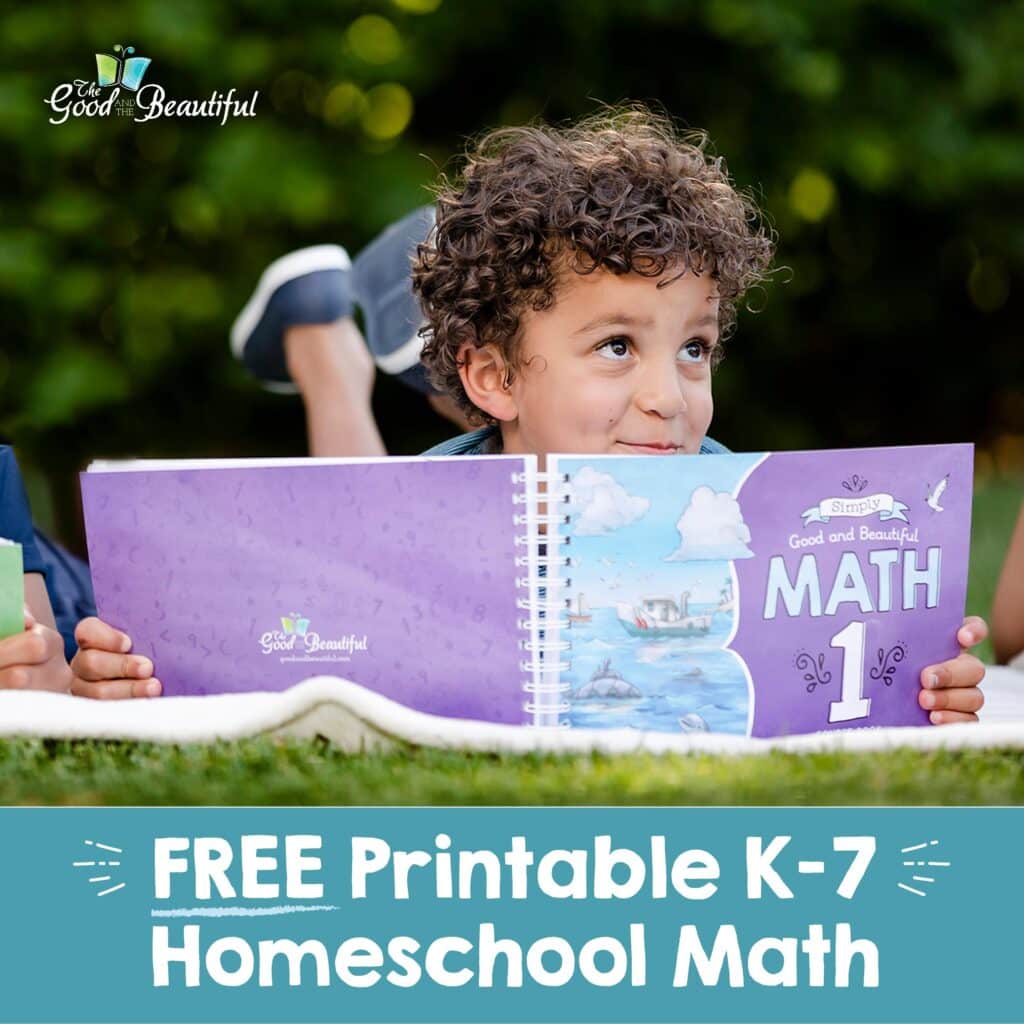
Try any of our Math K–7 courses for FREE today!
You may also like . . .


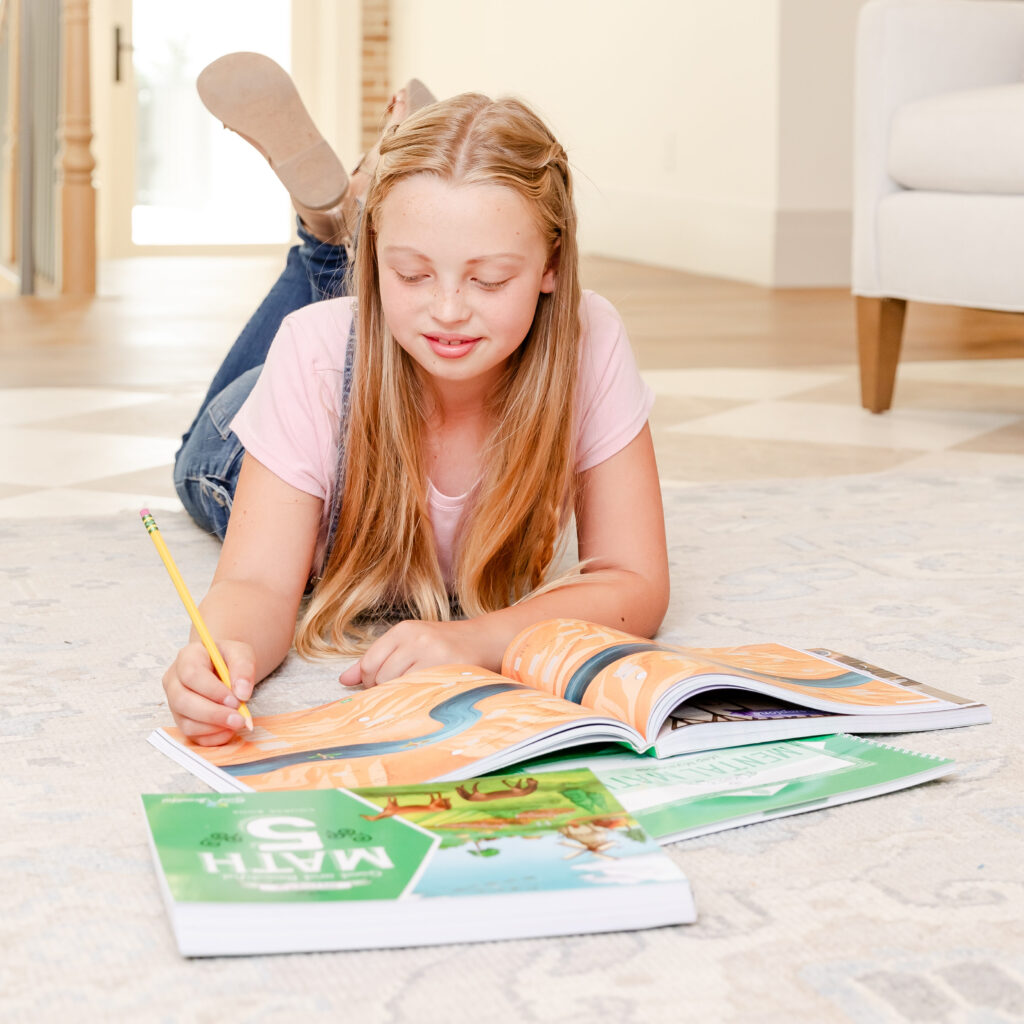

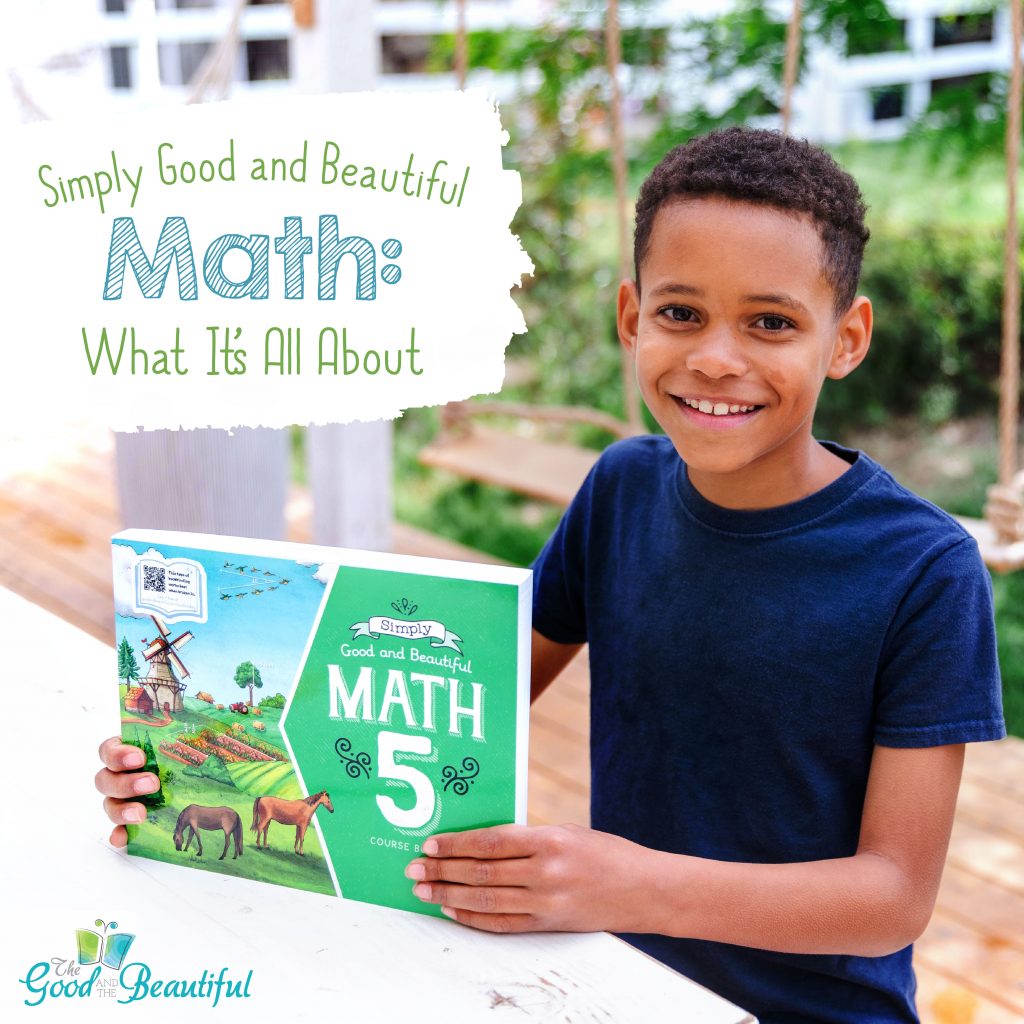



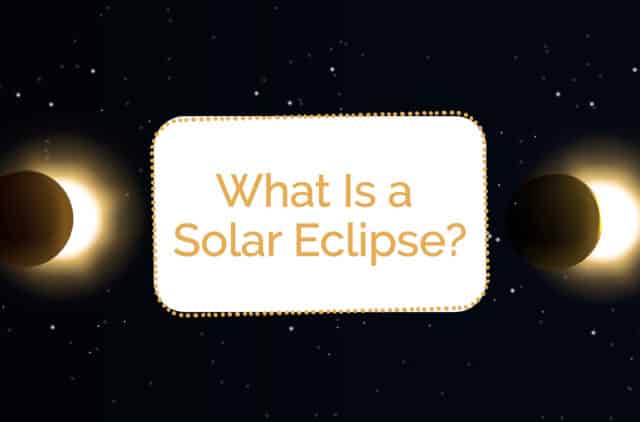
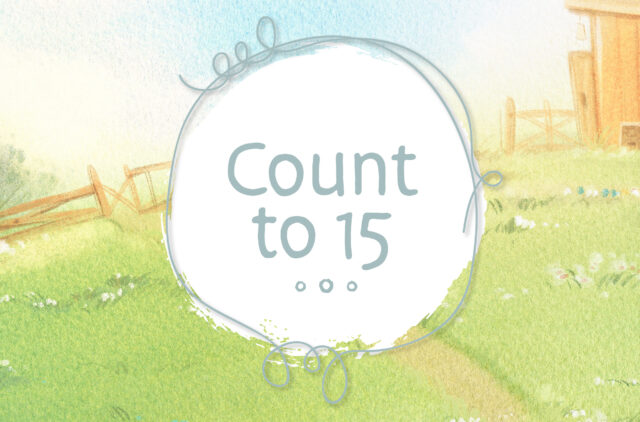
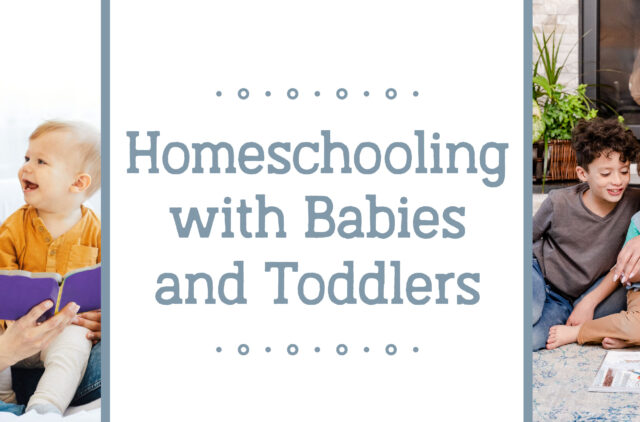
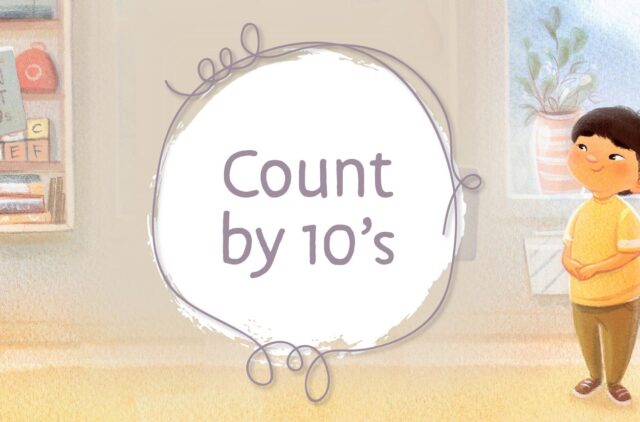
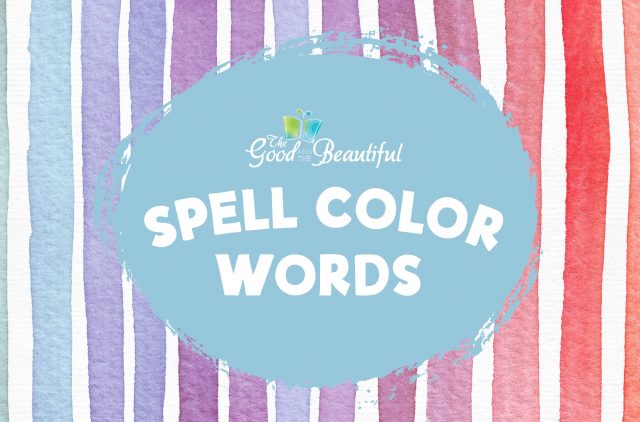

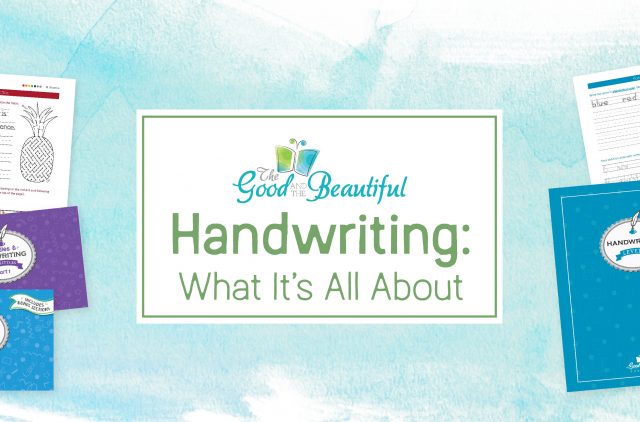
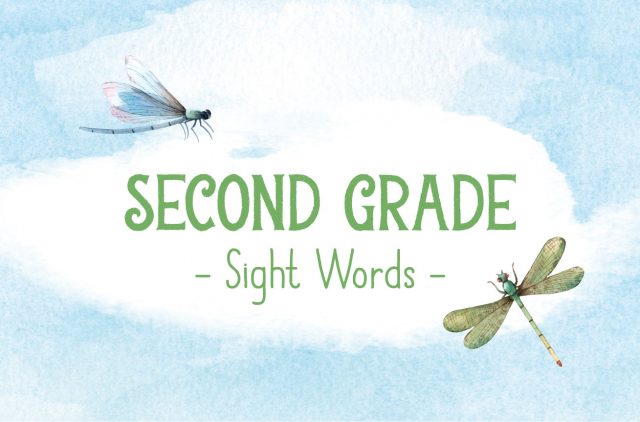
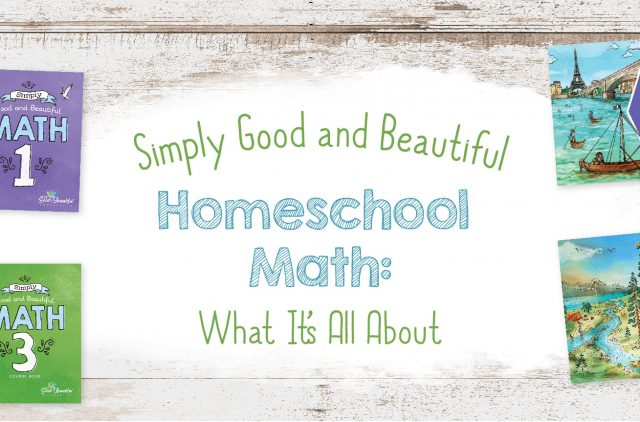
Comments
TGTB math is so colourful and full of fun activities for kids! Really engaging!
My daughters love the math. I’m sad we’ll be moving on to Algebra with my oldest daughter next year.
My kiddos love TGATB math. We tried other curriculum before and it was a struggle. Once we switched to TGATB we never had issues. My daughter enjoys the video lessons!
My 5 year old is thriving with your math. She asks to do it every day and is developing a deep number sense. Thriving with her addition! As someone who has taught multiple highly spoken of math curriculums, this one takes the cake! Rigorous, logical progression and scaffolding, and fun! We have loved your approach. I’m so grateful you offer the pdf for free!
We love your math! It has been a blessing to watch our son who disliked math when in public school finally “get” it and grow his knowledge.